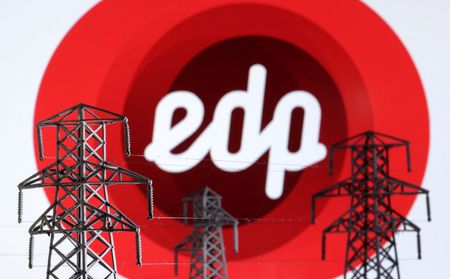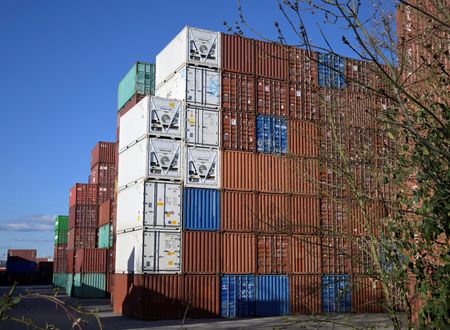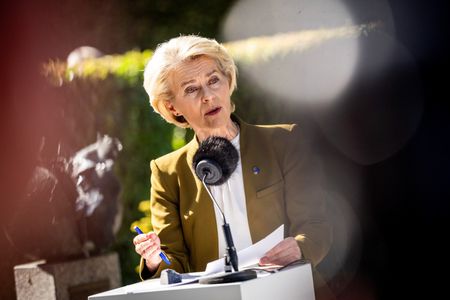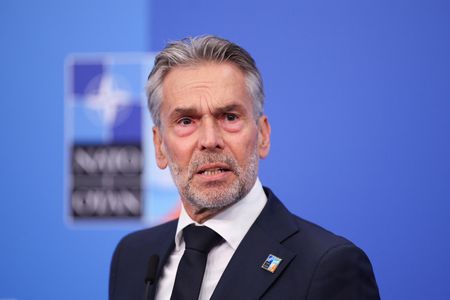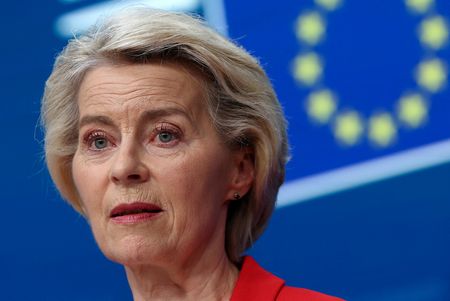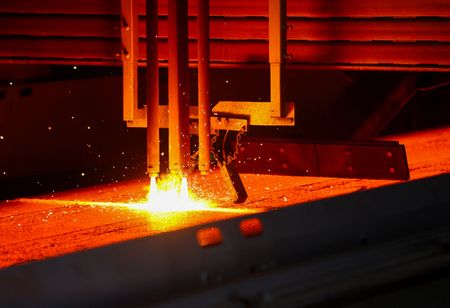By Marwa Rashad
DAVOS, Switzerland (Reuters) – EDP is confident its existing U.S. onshore projects will not be affected by President Trump’s wind power decisions, its CEO said, but Portugal’s largest utility company will revise its future business plan and growth expectations in coming months.
Trump suspended new federal offshore wind leasing on Monday, pending an environmental and economic review, and analysts now say the chances of any new U.S.
developments are zero for now.
EDP, which plans to grow its renewable energy globally by around two gigawatts in 2025, has 40% of its investments until 2026, which are worth around $9 billion, channelled to the U.S., said CEO Miguel Stilwell d’Andrade.
“A lot of the wind (projects) that we have in the United States is already operational and working, and we expect that there will be no issue around that,” Stilwell told Reuters on the sidelines of the World Economic Forum on Wednesday.
Stilwell said that EDP is revising its business plan, in terms of its capital expenditure programme, to look at the results of Trump administration decisions, executive orders and other factors.
“Over the next couple of months, we shall go back to the market and present revised numbers for the next period until 2030.
This doesn’t mean we’ll be giving guidance till 2030 but we’re looking obviously at our expectation of growth for the next few years,” he said.
“We’re probably talking about $2-$3 billion over the next two years through 2026 … but I’d say that most of that we will move ahead with anyway, because they seem to be in areas that are not impacted by these executive orders,” he added
Most of EDP’s U.S.
investments are focused on solar power and battery storage, in which there are a lot of growth opportunities, Stilwell said.
EDP’s subsidiary, EDP Renovaveis, is the world’s fourth largest wind energy producer.
It operates globally through its exclusive investment vehicle, Ocean Winds – a joint venture with French energy firm Engie – to capture marine wind energy opportunities around the world.
One of the company’s large-scale offshore wind farms, Ocean Winds’ SouthCoast Wind, located about 20 nautical miles south of the island of Nantucket, Massachusetts, is in late development stage and is expected to generate up to 2.4 gigawatts of offshore wind energy by 2030.
Stilwell said he continues to see good opportunities in the U.S., with demand for power expected to grow further, driven by AI, digital transformation and onshoring manufacturing.
“We obviously need to be very careful about pricing the risk to make sure that we are not running the risk of tariffs, or the risk of having to import a lot of materials and components from outside the United States … but in that sense we are quite comfortable,” he said.
(Reporting by Marwa Rashad; Editing by Alexander Smith)

